내 마음에 비친 내 모습 - 유재하, 1987-08-20
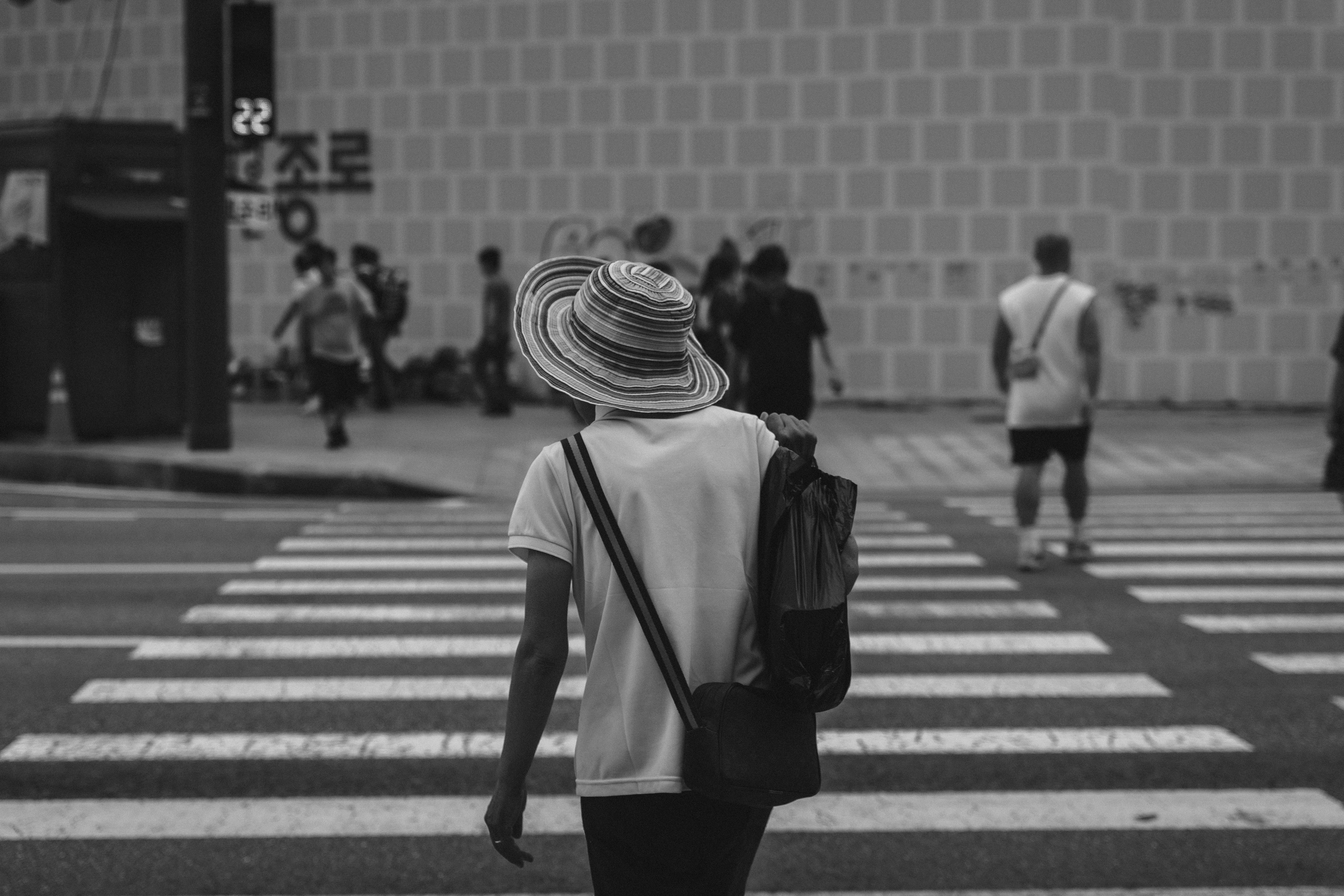
Korea, which showed rapid growth after the Korean War in the 1950s. However, the social atmosphere that promotes hatred has gradually lowered the fertility rate, and in the near future, Korea's existence itself is threatened.
In this background, rather than turning a blind eye to reality through the 'Old City' project, I would like to capture the background of Korea in a special situation with people living in reality now.
In this background, rather than turning a blind eye to reality through the 'Old City' project, I would like to capture the background of Korea in a special situation with people living in reality now.
Chapter 1. SEOUL (Jongno, Euljiro)
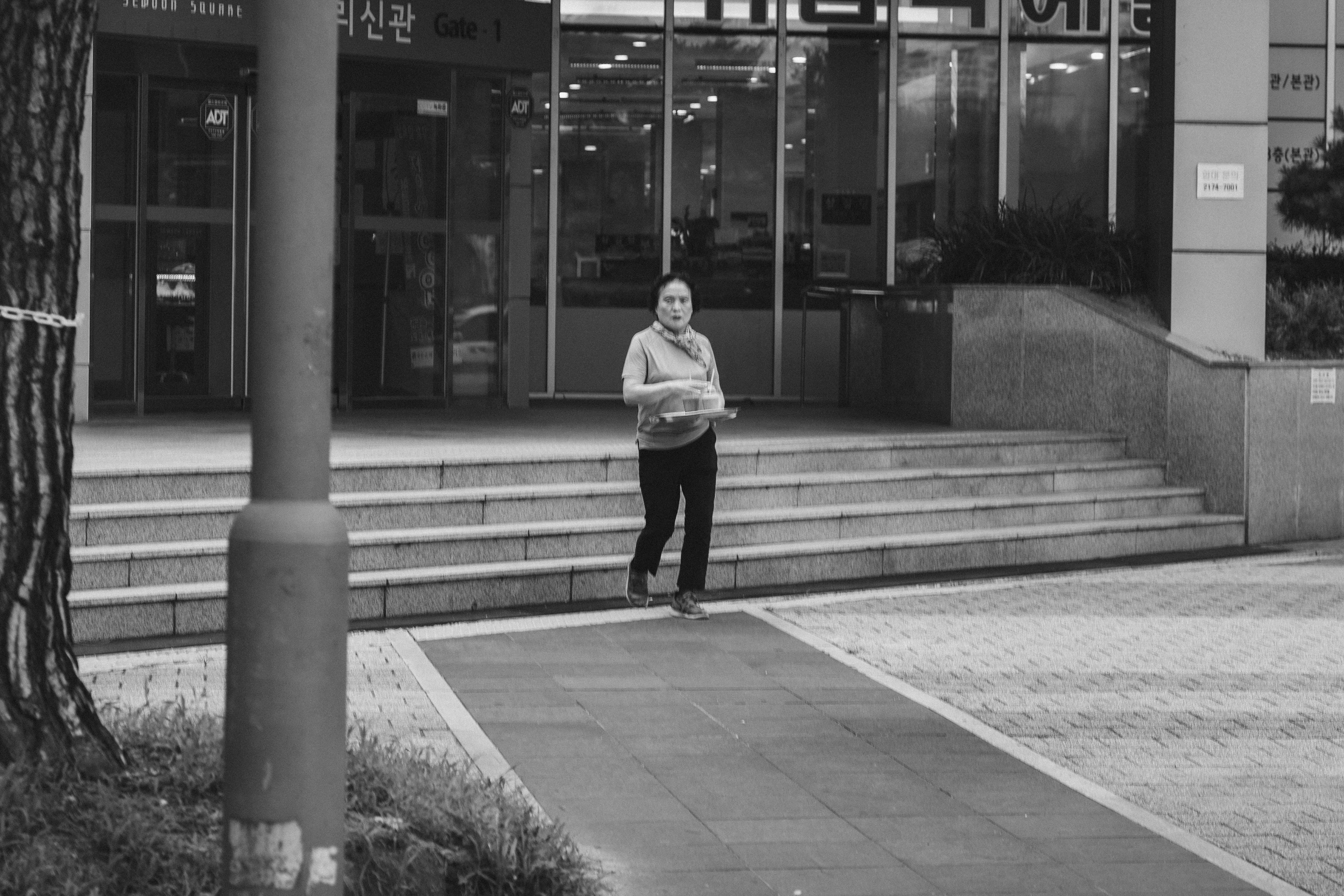

Seoul is, as everyone knows, the largest city in South Korea. At the same time, however, it is often cited as one of the main causes of the country’s current low birth rate. This is largely due to an excessively Seoul-centric economic and social structure that has diminished job opportunities in regional areas and transformed society into one driven by competition and survival, rather than leisure and reflection.
Neighborhoods like Hongdae, Itaewon, and Gangnam are filled mostly with young people and foreigners, and because most tourists tend to visit these areas, Seoul is still widely perceived as a youthful city. However, a visit to places like Jongno or Euljiro reveals a more complex reality—an uneasy coexistence of older residents, young people, and foreigners who share the same space yet remain strangers to one another.
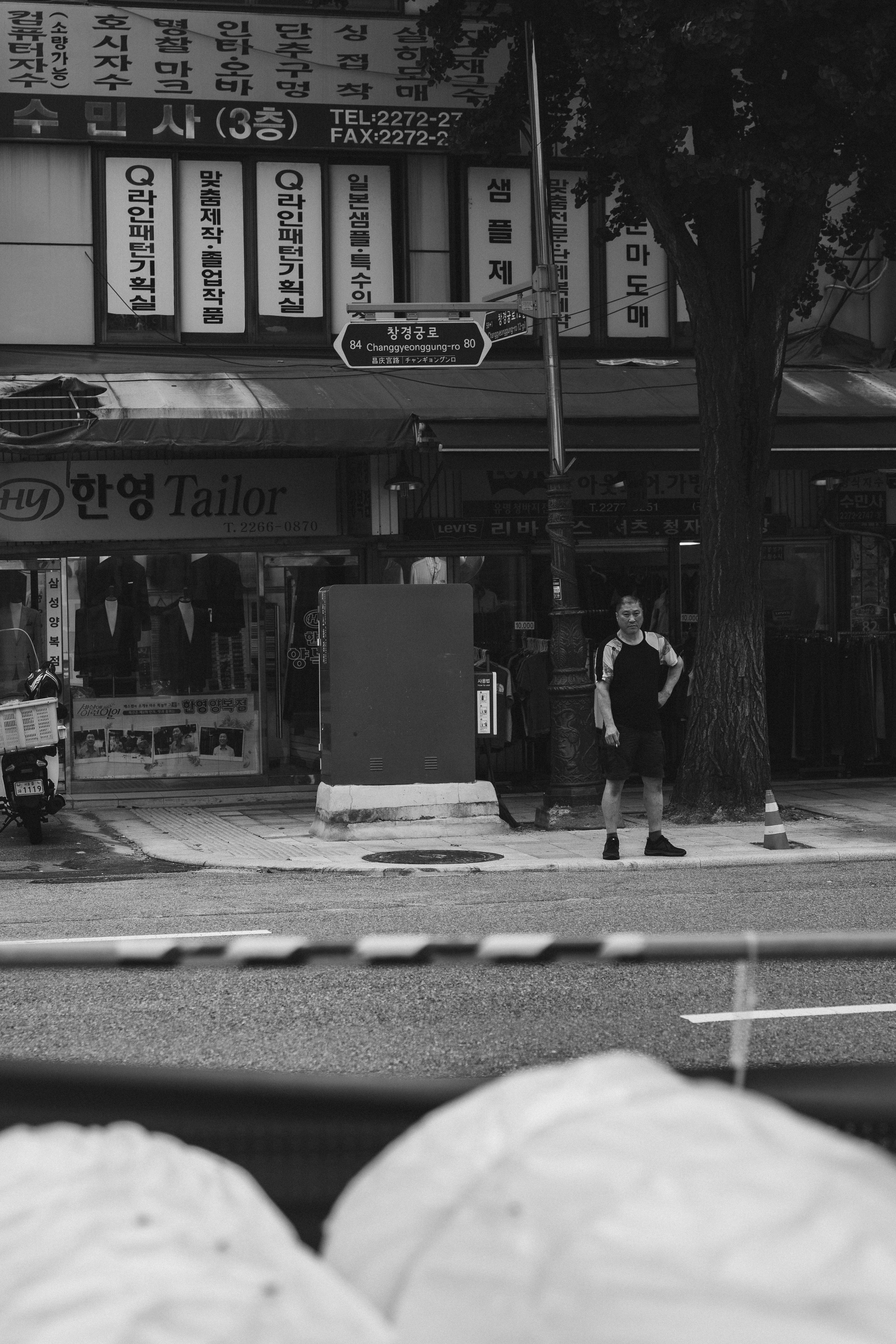

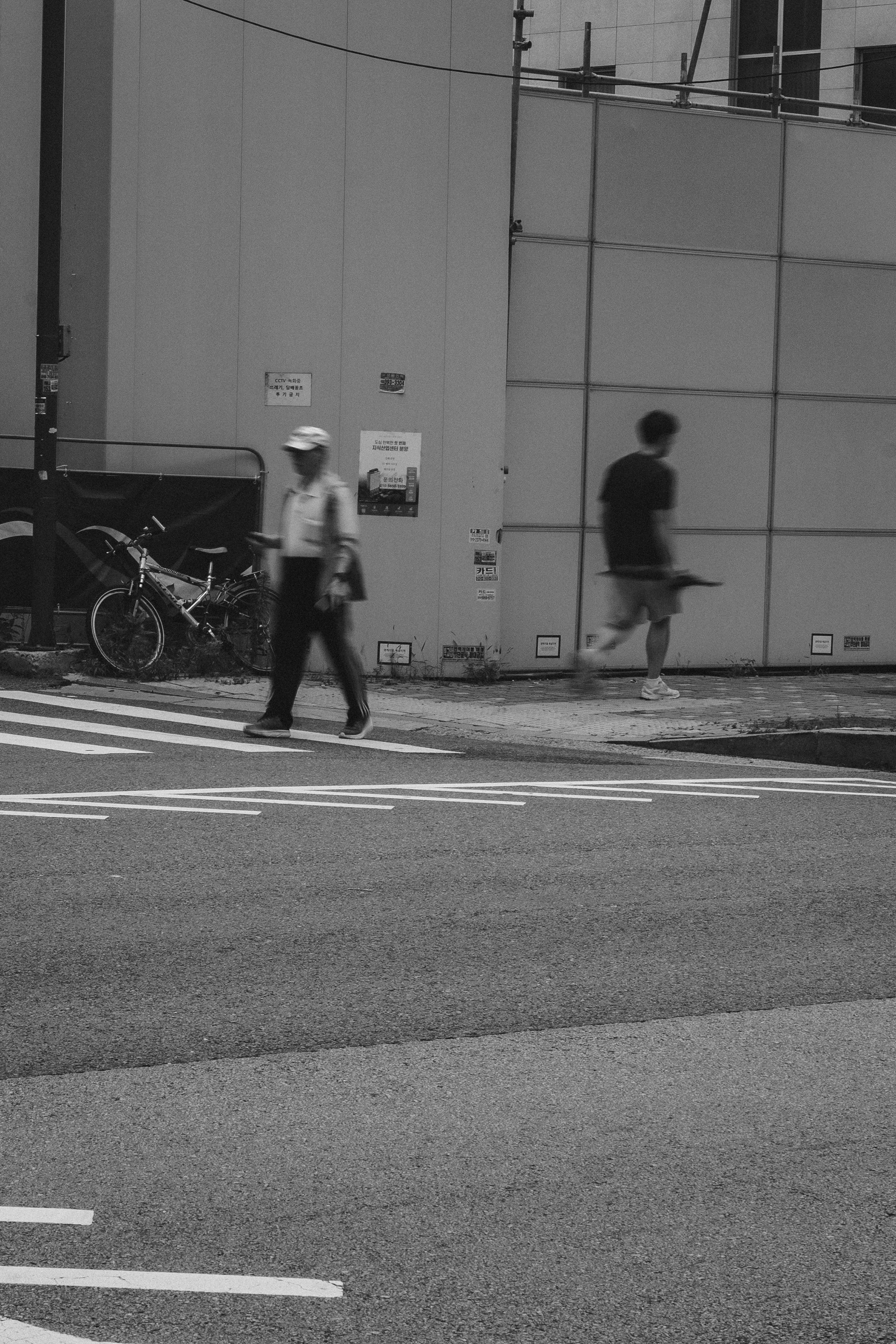

But what we see in Seoul is not just a problem rare to one city—it is a reflection of what is happening on entire country. South Korea is on track to become the fastest aging society in the world.
By 2025, the country is expected to enter a super-aged society, with more than 20% of the population aged 65 and older—a pace even faster than Japan’s. What’s alarming is not just the shift in demographics, but the way this change is shaking the foundations of the entire system.
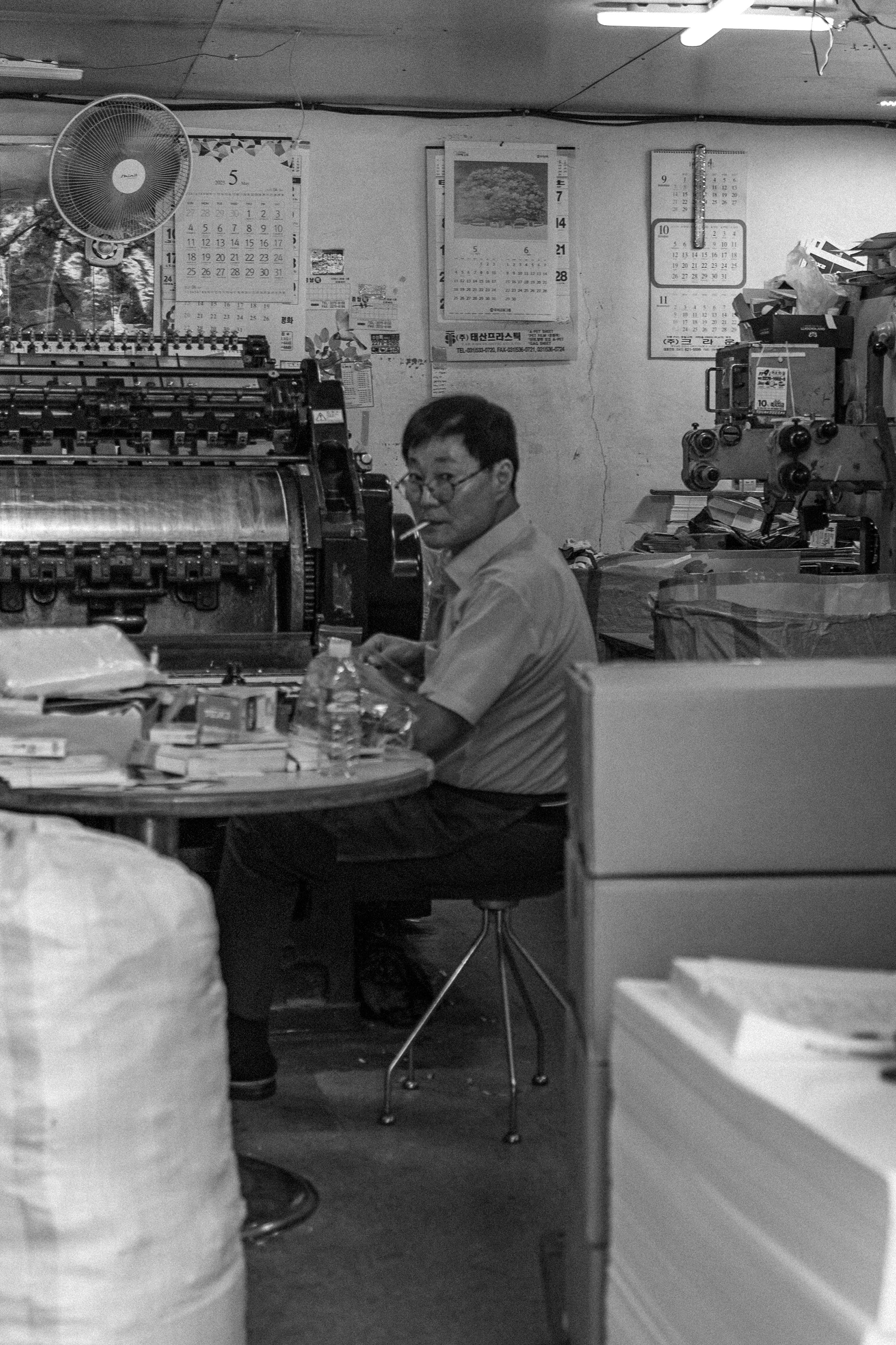
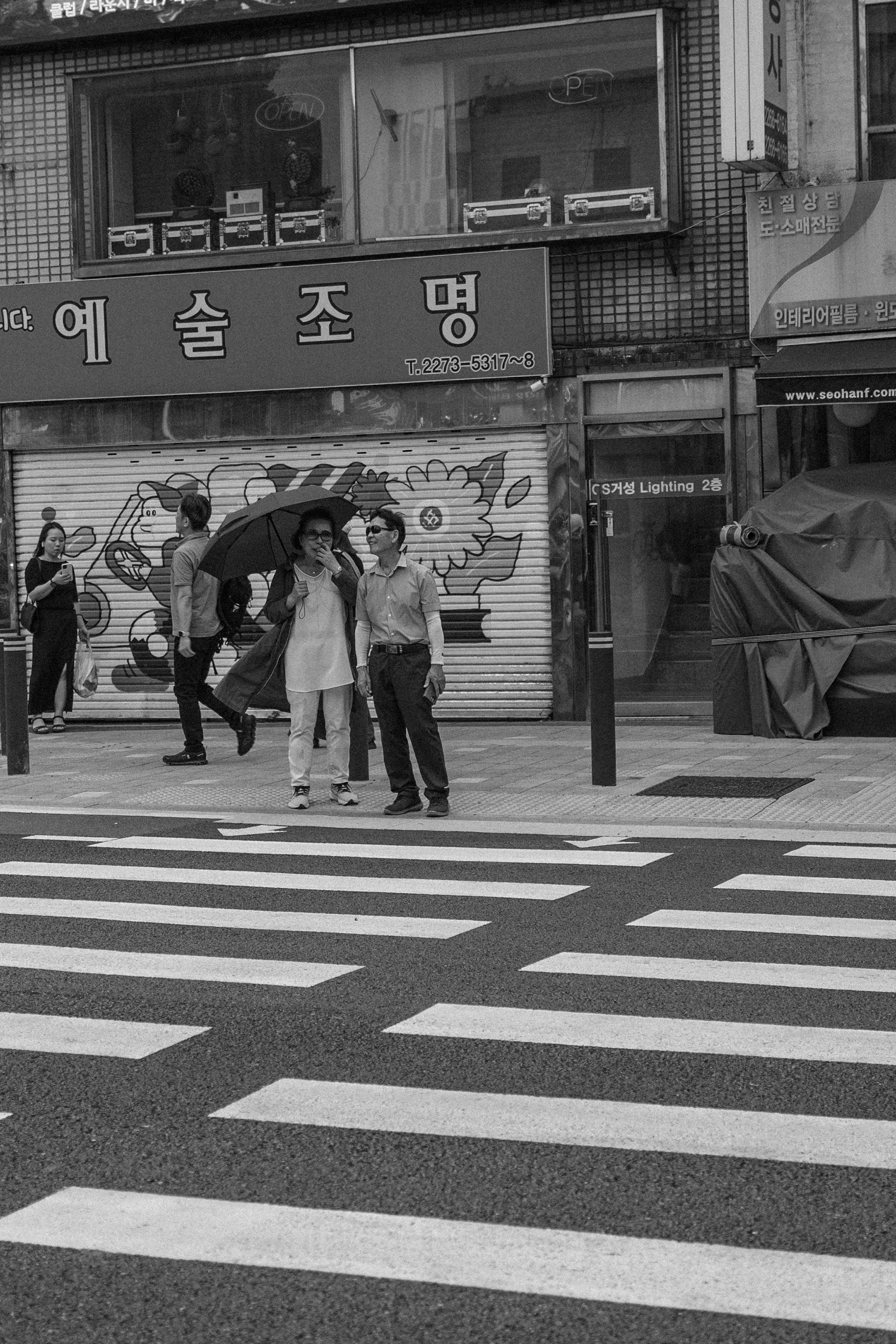
As the elderly population grows, the number of young people able to support them is shrinking. Pensions, welfare programs, and the healthcare system are under increasing pressure, and younger generations, faced with the weight of these burdens, are choosing not to have children.
That is why, through this project, I want to look beyond the numbers. I want to capture the lives of those still living in these aging cities—their faces, their routines, their surroundings. Not just to document despair but to search for traces of hope small signs that a new hope.
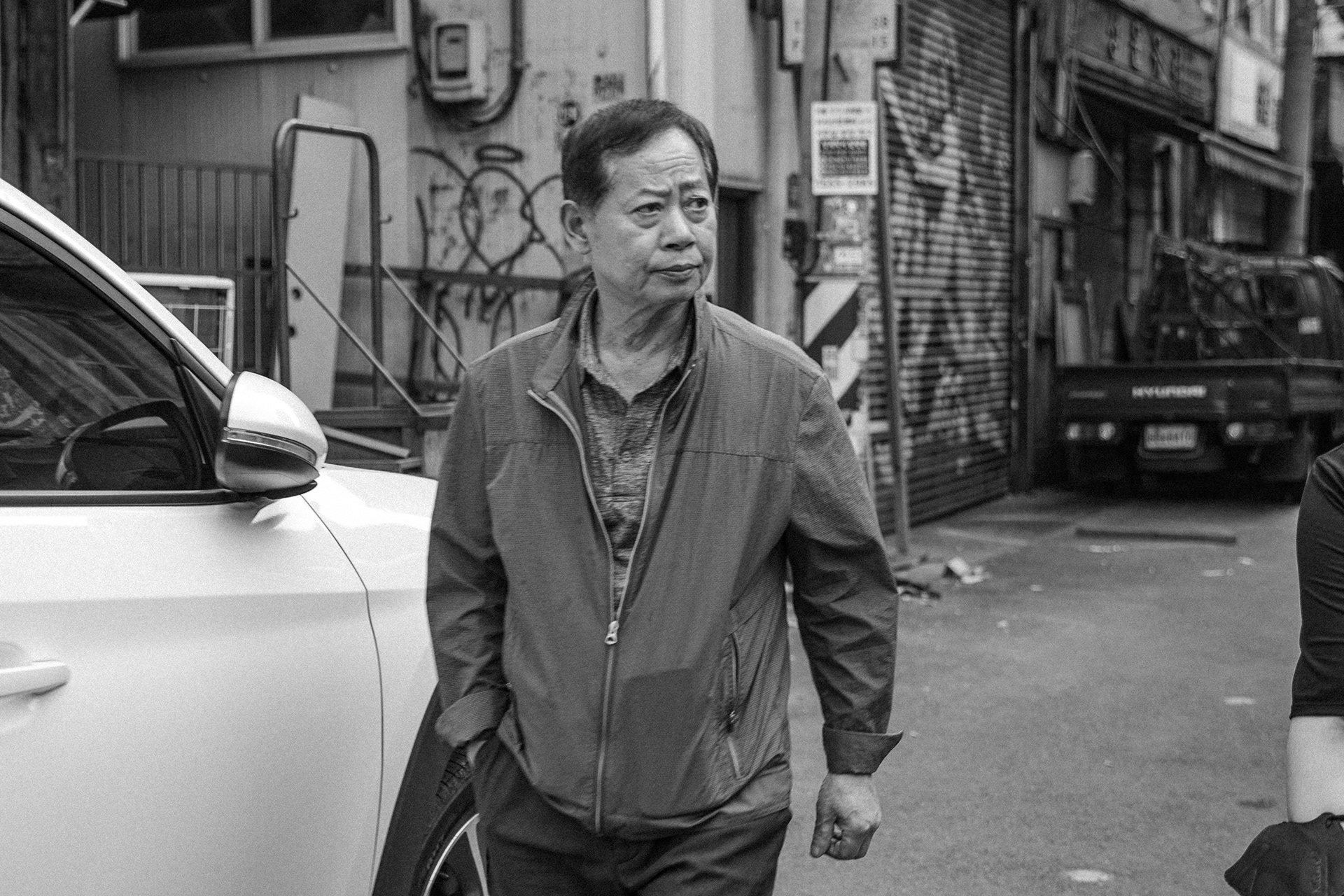
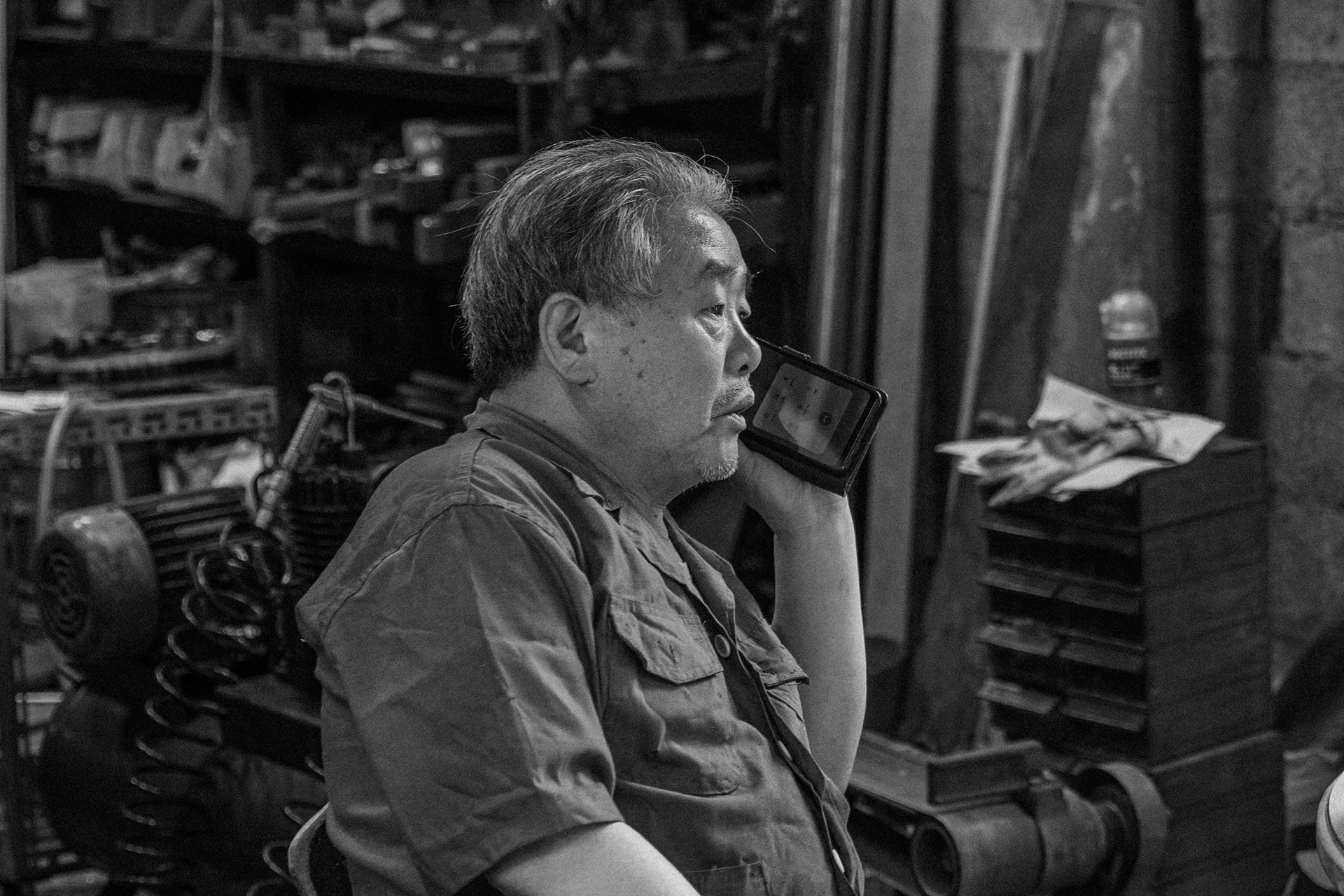
While Seoul is often perceived as a city full of young people, areas like Jongno and Euljiro reveal a different reality—one where a significant number of residents are over 50.
Despite the common narrative of generational conflict in Korea, these neighborhoods show a subtle coexistence between youth and older generations.
Seoul may appear to cater only to the young, but that’s not entirely true. Most young people don’t own homes here; instead, they consume the city’s culture and content. In contrast, older residents tend not to chase new experiences, but they create their own safe spaces—places where they can spend time calmly and comfortably.
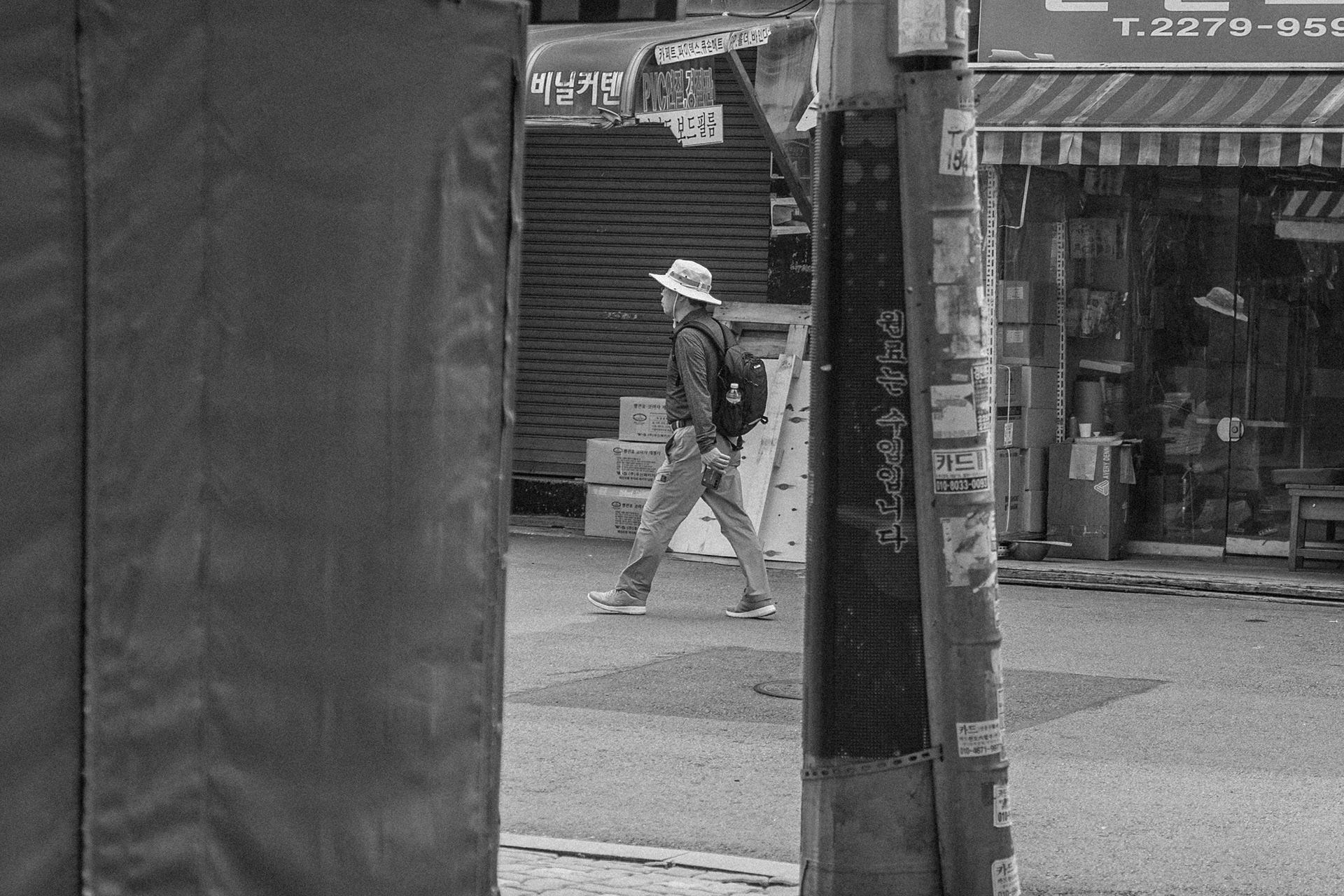


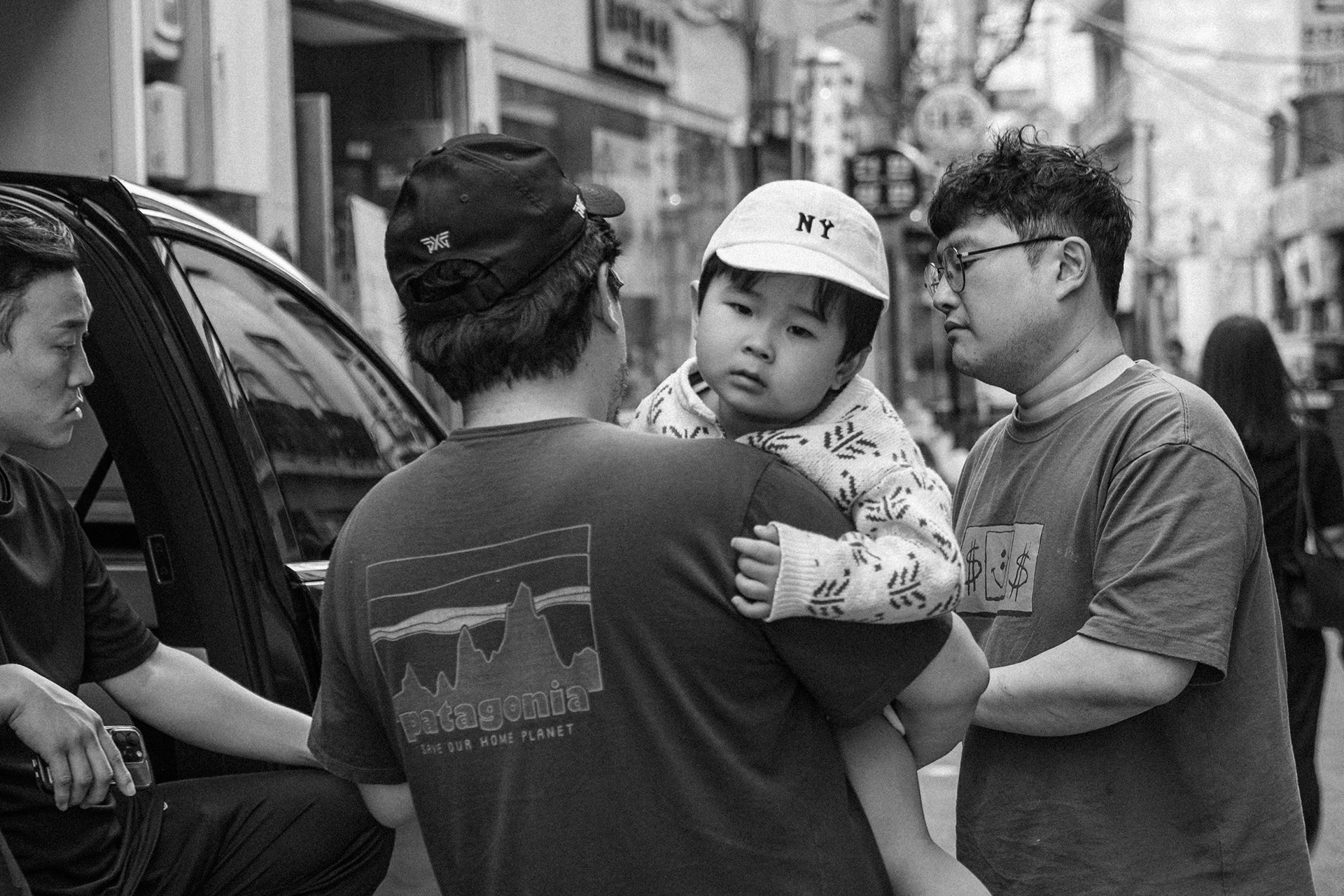
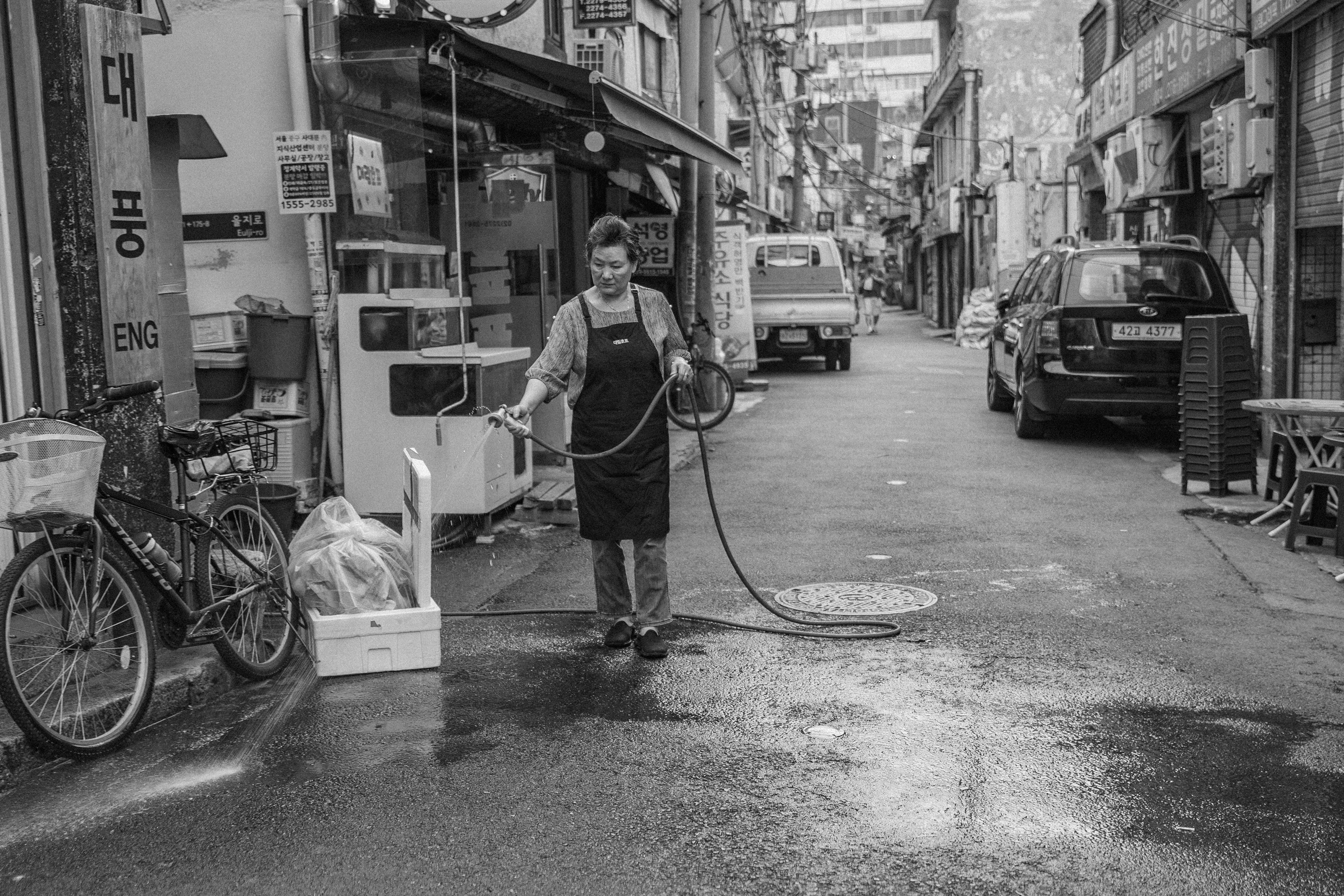


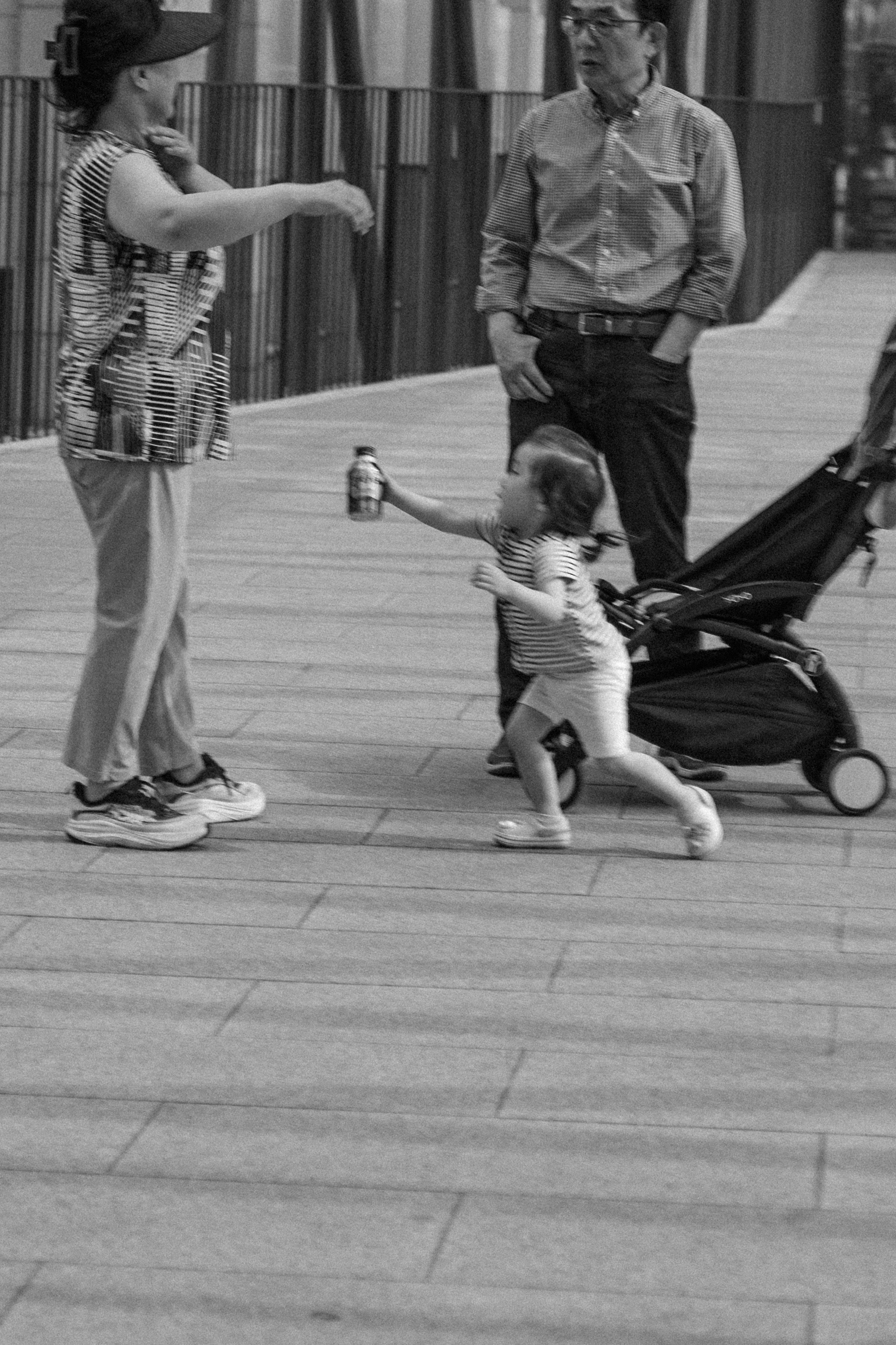
Chapter 2. BUSAN
여행을 떠나요 - 조용필, 1985-04-10
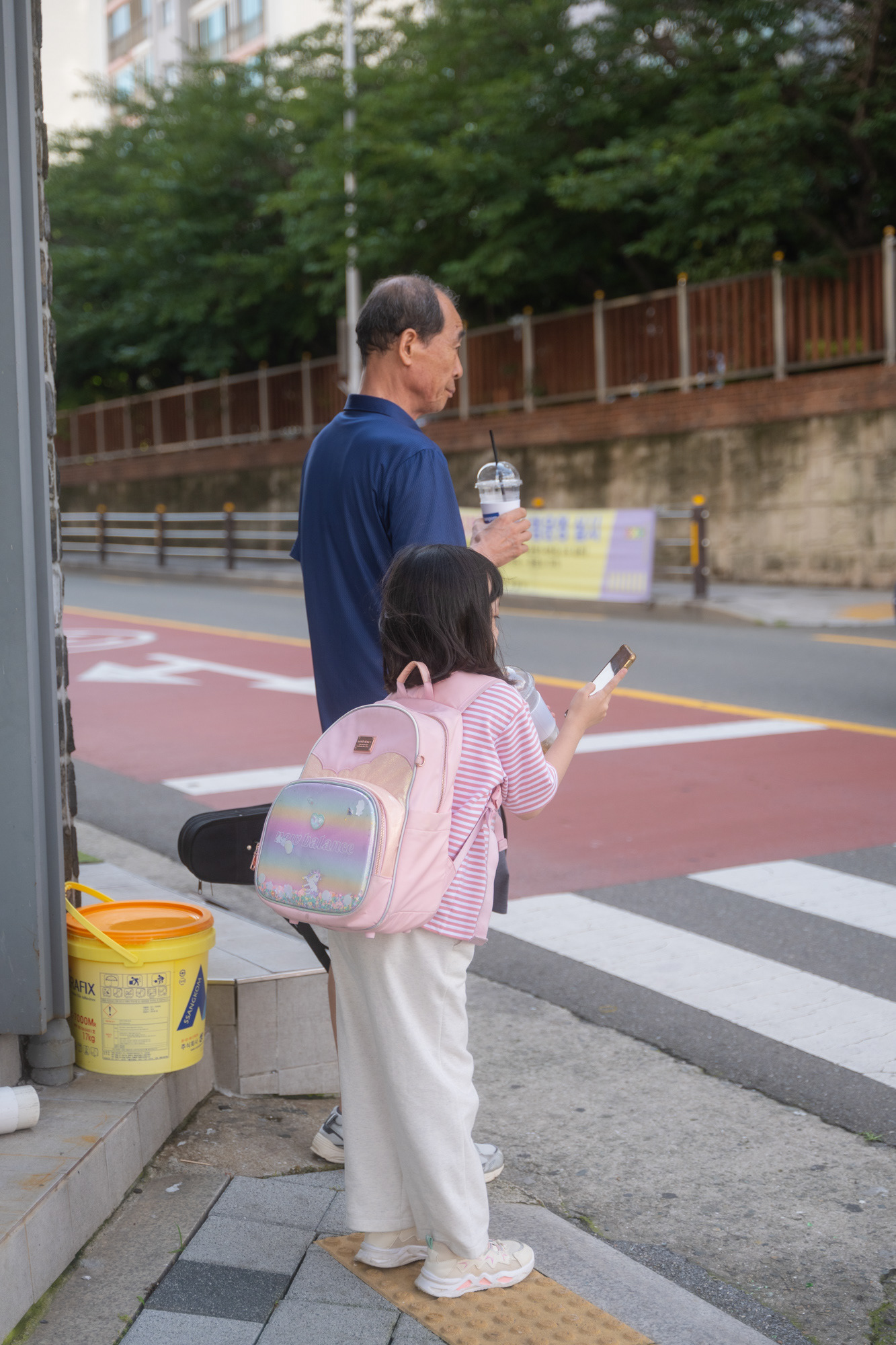
Busan, once called only a "port city" and an "industrial city," is now recognized by foreigners as a new cultural city and essential tourist destination in Korea. Busan, which used to be hidden by Seoul and Jeju, is now quickly emerging as a "trendy city" among foreign tourists, building its own identity and sensibility.

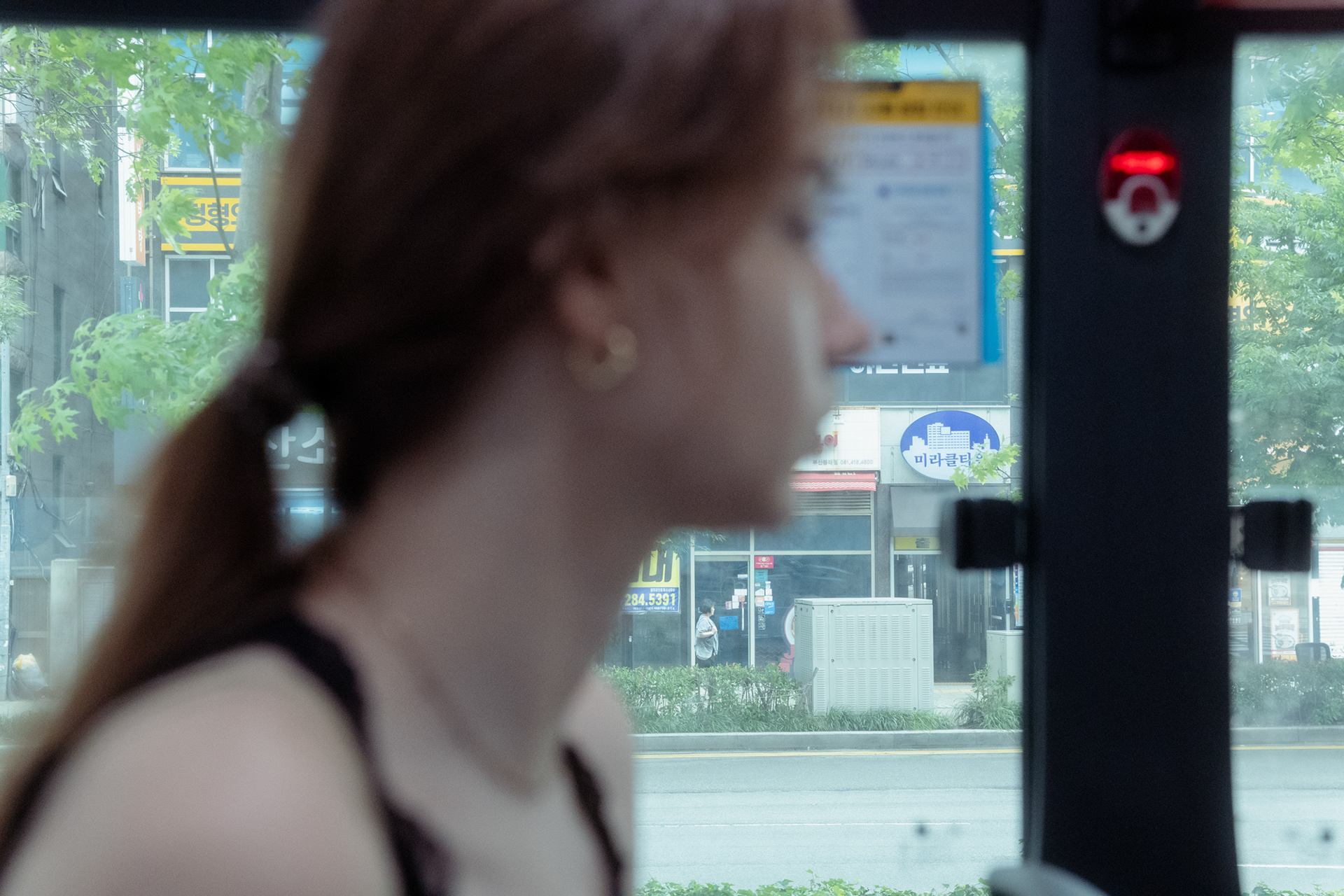



It is the only large city in Korea that has a beach, and it is very attractive to all tourists including Korea because it has the character of Seoul and also has the appearance of an old city center in Busan. In other words, it is an attractive city that has captured the hearts of both foreign and Korean tourists.




But behind its glamorous appearance, it suffers from a big problem called an endangered population area.
By the 2020s, Busan is transforming into a super-aged city. By 2025, the proportion of the population aged 65 or older in Busan will exceed about 25 percent of the total, faster than the neighboring countries of Tokyo and Osaka, according to data from Statistics Korea.
By the 2020s, Busan is transforming into a super-aged city. By 2025, the proportion of the population aged 65 or older in Busan will exceed about 25 percent of the total, faster than the neighboring countries of Tokyo and Osaka, according to data from Statistics Korea.
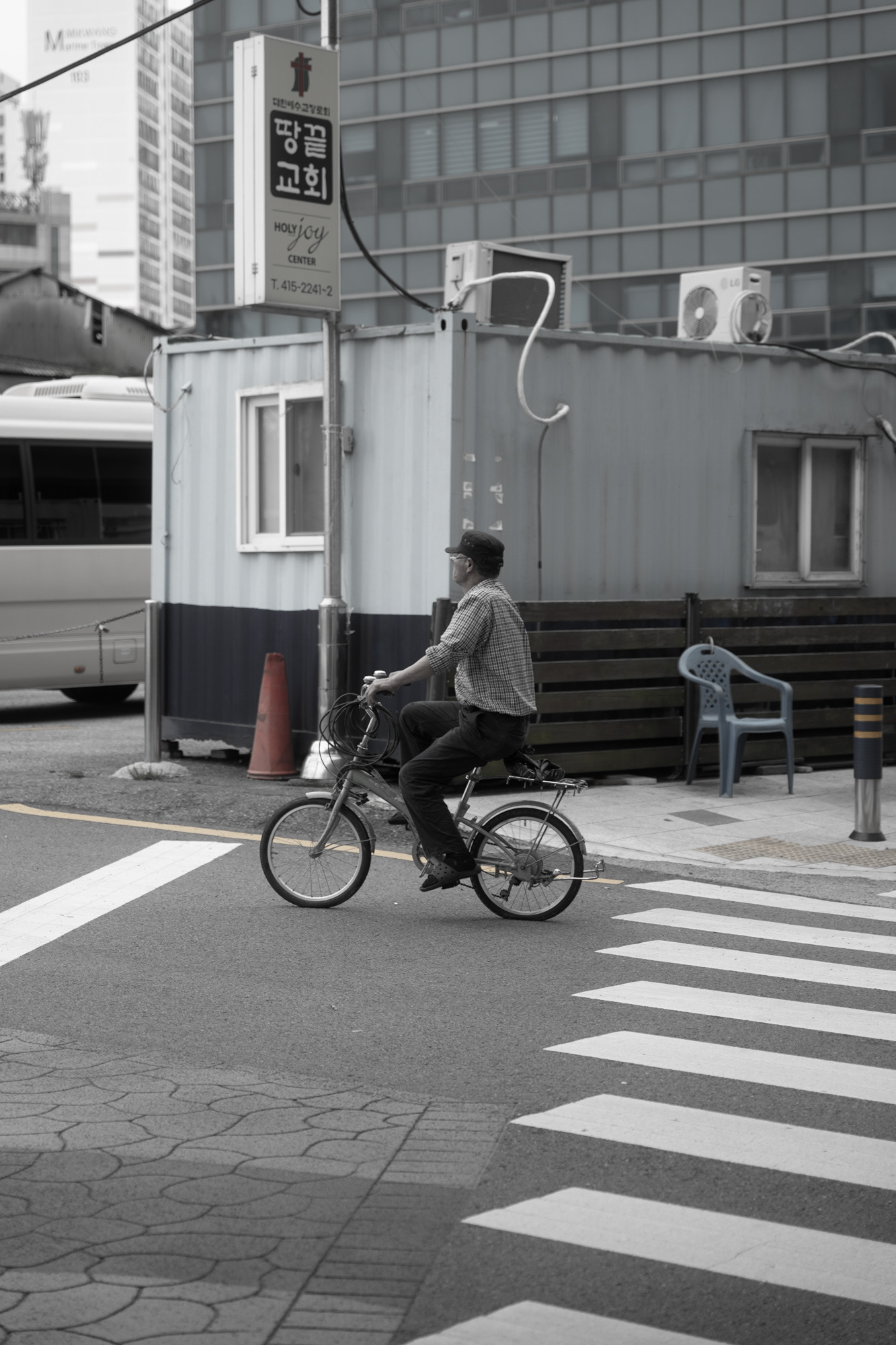
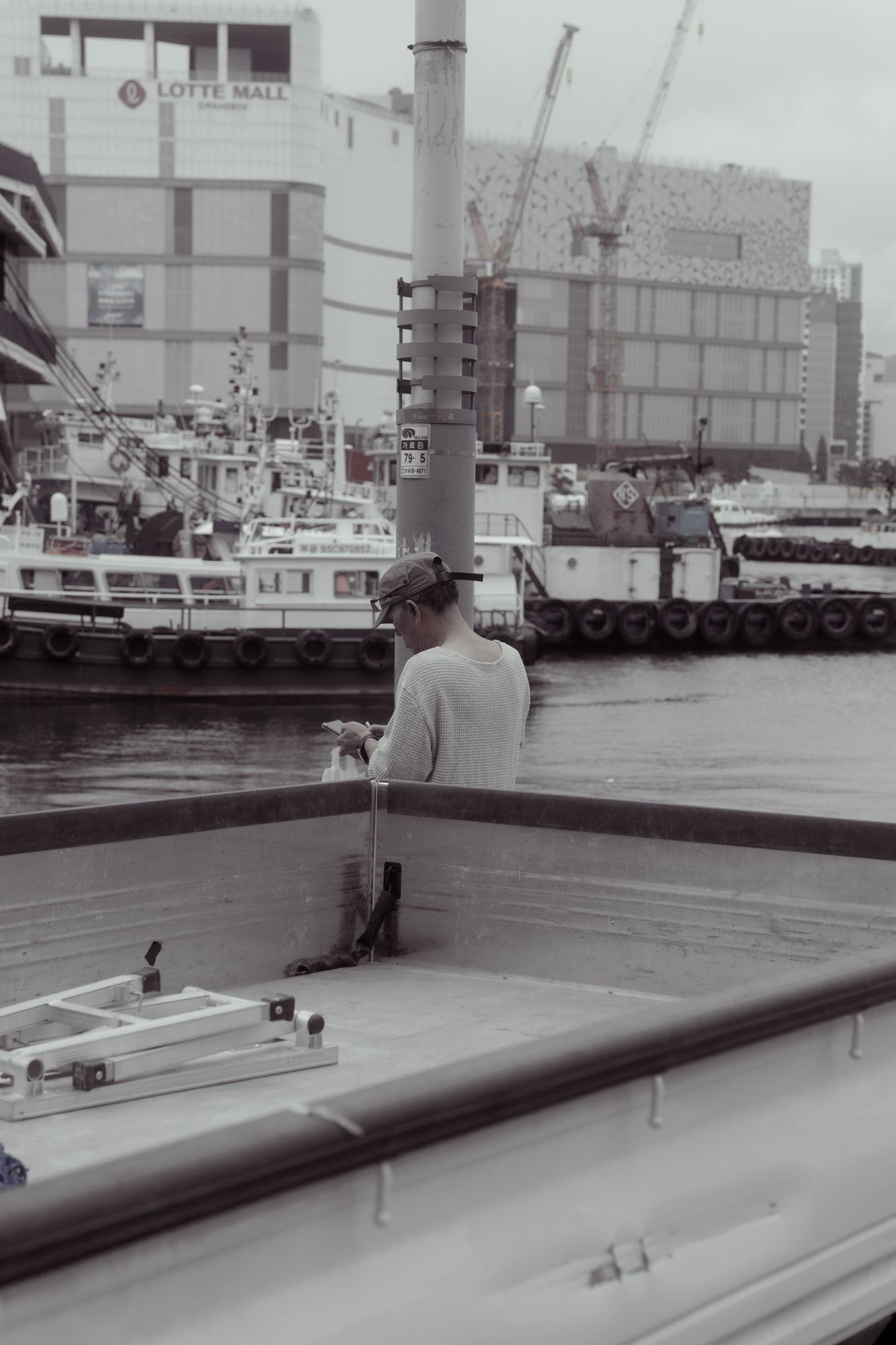




There are several causes, but the biggest reason is the lack of quality jobs. Due to the overcrowding of the metropolitan area, most large companies in Korea are formed around Seoul. In other words, all high-value-added projects are united around Seoul. According to data from the Korea Employment Information Service, the youth employment rate in Busan in 2023 was 2.1% lower than the national average, and the average annual salary was 15% lower.






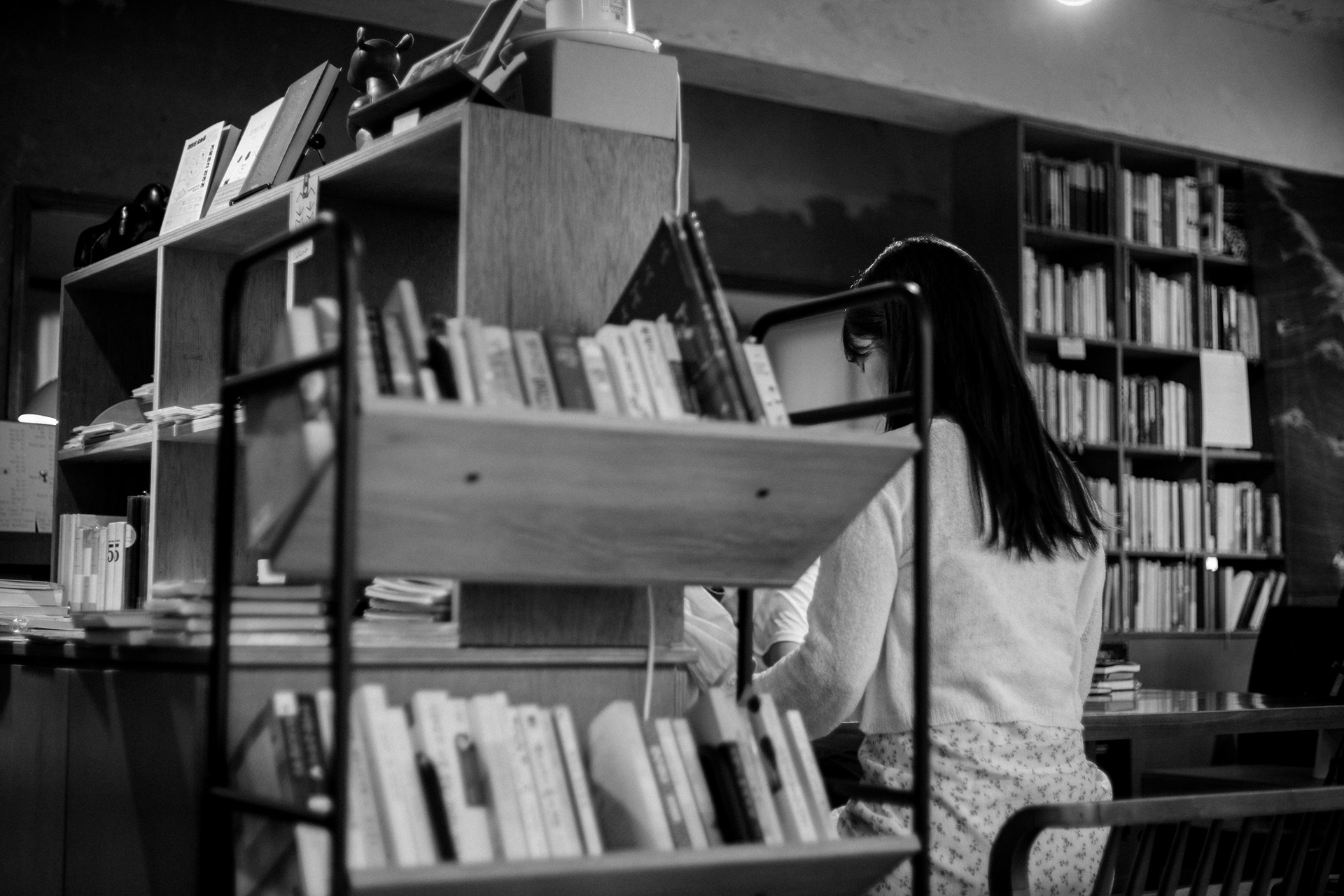

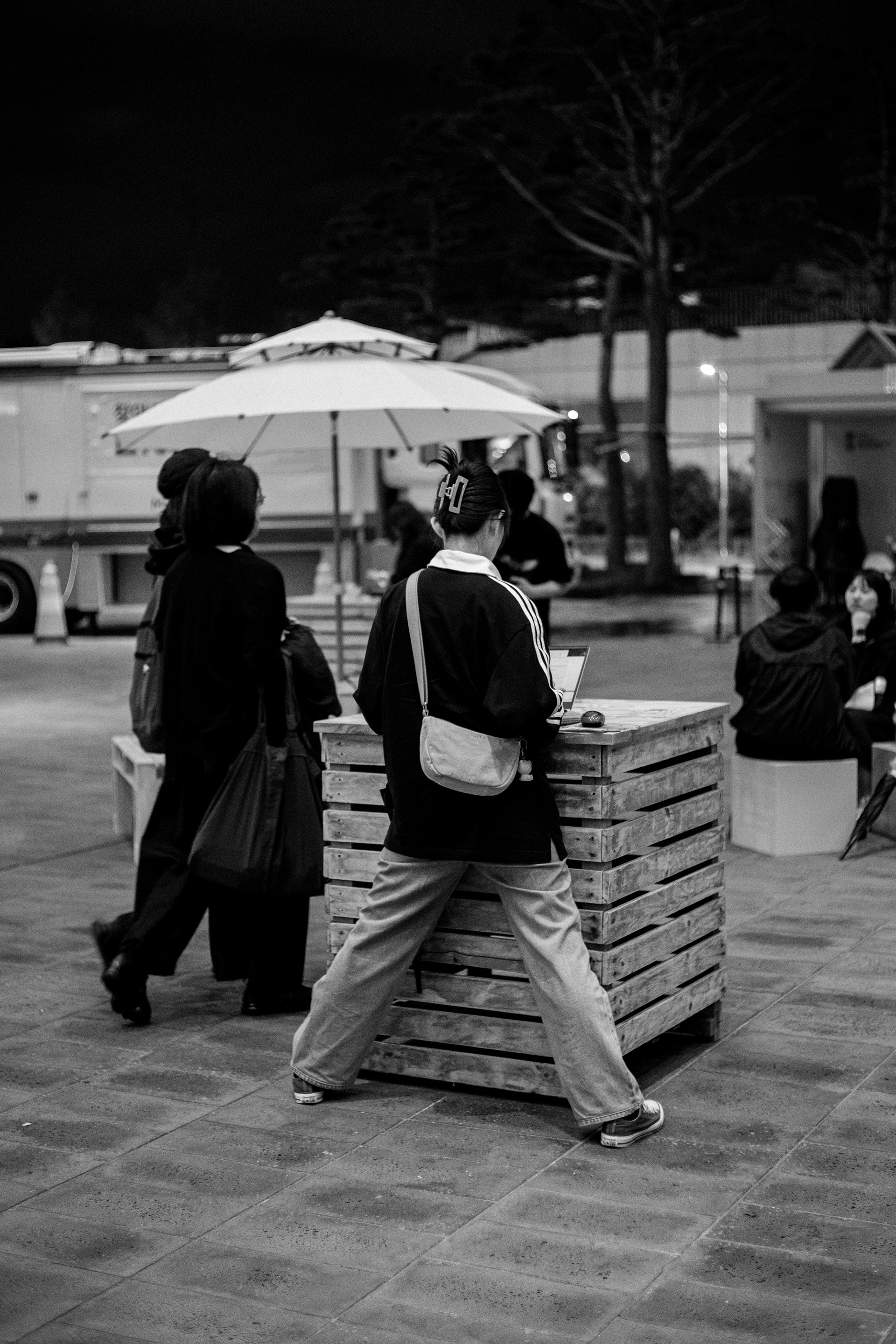
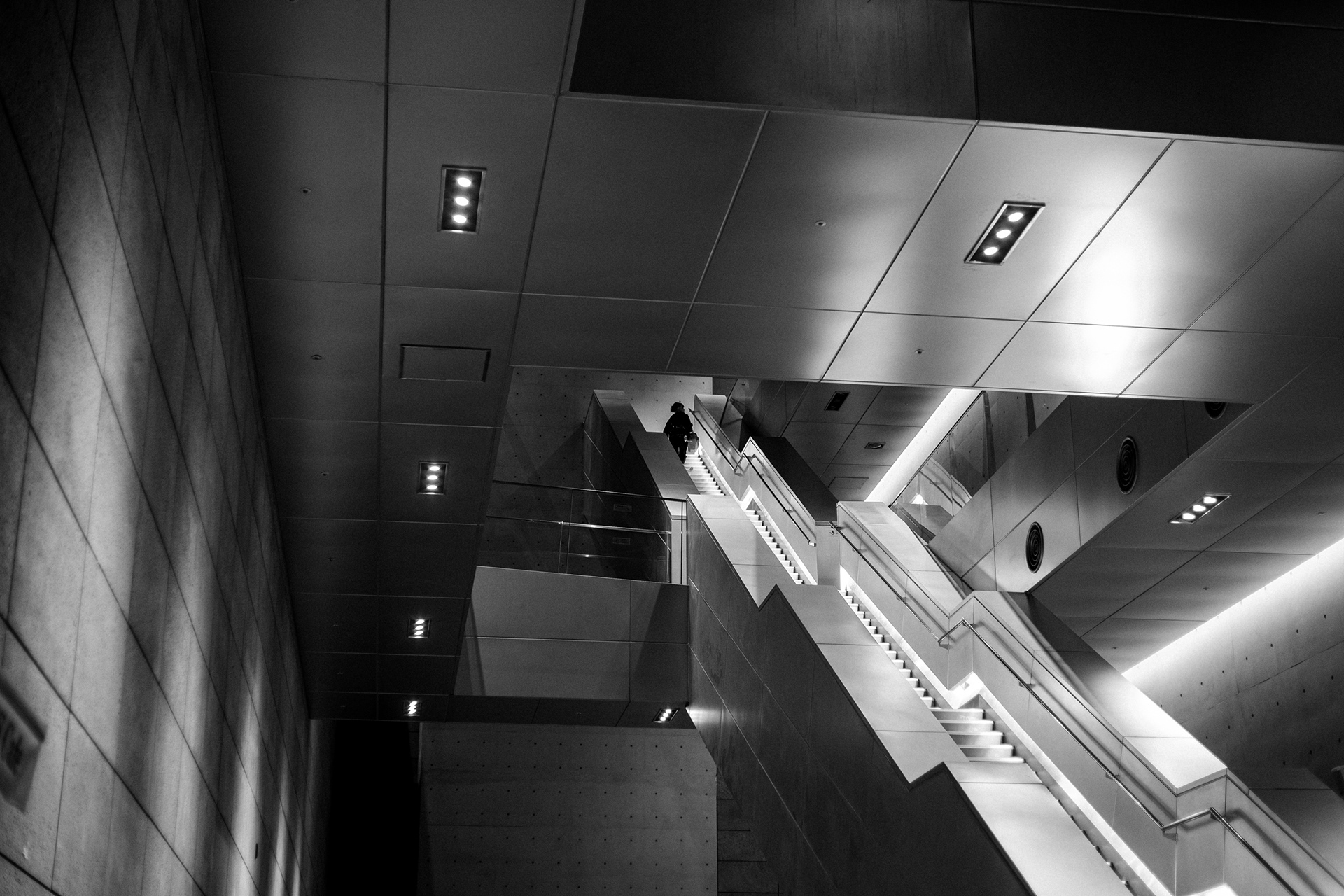



However, Busan decided not to stay still in this situation, but to make use of its strengths.
It aims to make Busan the best culture-art city in Korea. The attempt has been made steadily since around the 2020s.
It aims to make Busan the best culture-art city in Korea. The attempt has been made steadily since around the 2020s.

